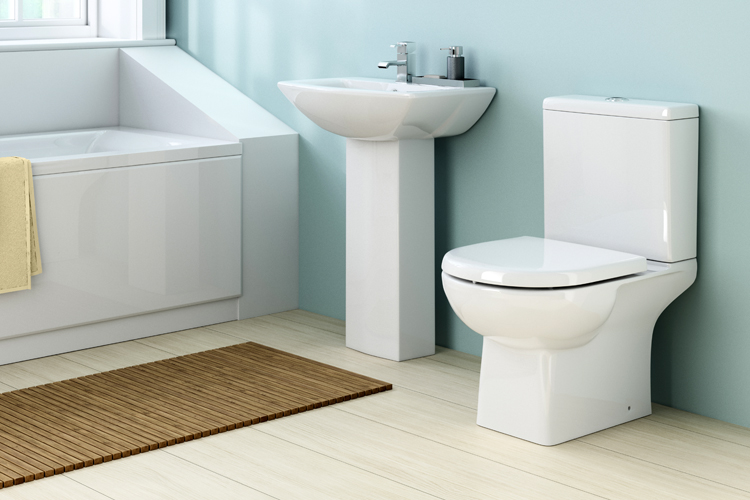Our home toilets are not trash cans made for dumping personal care and hygiene products. Here's what you shouldn't flush down the loo.
There are only three things that you can flush down the toilet - urine, feces, and toilet paper. In other words, human waste, or the three Ps: pee, poo, and paper.
The wastewater journey usually takes one of two directions. It either heads by way of a pipe to your community's local sewer or into a septic tank close to your home.
Before it reaches your local treatment plant, wastewater goes through a screen of metal rods that filter larger objects and items that get into the sewers.
From there, it all goes to the settling tank, where solids like sand and gravel that have been picked along the way settle to the bottom.
These early treatment stations are also responsible for removing other "flushables."
Did you know that 50 percent of the so-called non-dispersible material in wastewater is paper towels from public restrooms, followed by 25 percent of baby wipes and then a mixture of condoms, cosmetic wipes, tampon applicators, and other items?
Finally, after traveling through the primary sedimentation tanks, wastewater continues its cleaning process via aeration tanks, new settling tanks, and in some cases, tertiary treatment facilities where it is disinfected with chlorine and/or ultraviolet (UV) light.
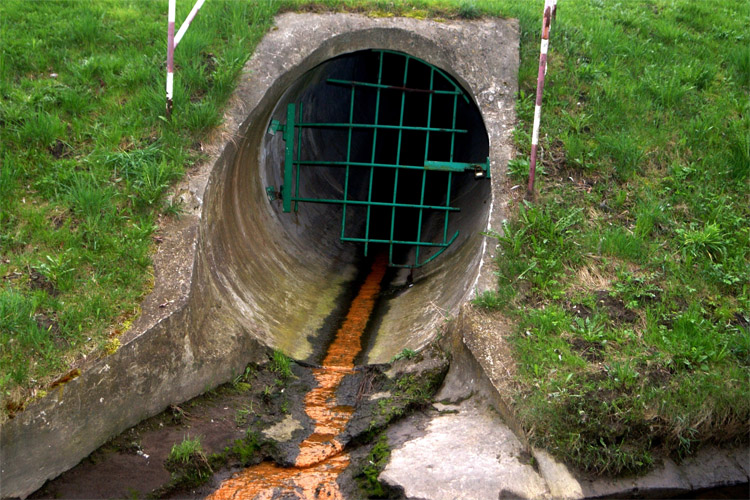
In the end, and in the most advanced sewage treatment systems, we may get recycled water that can be used in agriculture or for human consumption.
However, no sewage system is perfect. According to the World Health Organization (WHO), only 27 percent of the global population (around 1.9 billion people) use private sanitation facilities connected to sewers from which wastewater is treated.
We all make mistakes, and we can all change our daily habits, even if it takes time. It is just a matter of thinking twice before flushing the toilet.
Remember that by adopting new behaviors, you are reducing the amount of toxic and potentially harmful objects and chemicals that interact with water and marine life.
When you're flushing these 20 items down the toilet, you're damaging plumbing and polluting your local water resources.
Some of them are quite obvious, but there are also a few that we thought were good to go but should never enter the sewage system.
Instruct your children to follow good practices in the bathroom. Avoid flushing the following items down the toilet:
1. Paper Towels
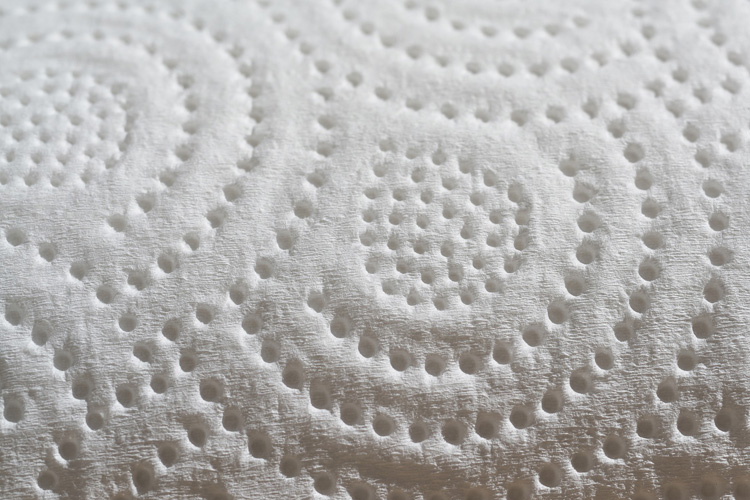
Surprised? Don't be. Yes, they look and feel like toilet paper, but they should never go down the toilet.
Believe it or not, paper towels do not have the same characteristics as toilet paper and do not disintegrate easily down the sewer line.
2. Cosmetic Wipes
Wet wipes are one of the worst problems in modern sanitary systems.
They are responsible for causing half of the global blockages that lead to build-ups of fat, also known as fatbergs.
Cosmetic wipes do not dissolve in water and have a very negative impact on the sewage treatment process.
3. Baby Wipes
They're smooth, gentle, and soft but don't break down like toilet tissue. And just because wipes are harmful to babies, it doesn't mean they won't hurt the environment.
Baby wipes are not decomposable, so they shouldn't be flushed.
4. Condoms
Not only is it disgusting because they wind up in public waterways, but they're also non-biodegradable.
Latex causes severe problems in the sewer network, so keep it private and dump it in the garbage.
5. Tampons and Pads
The disposal of feminine products has always been a problem for women. But they're also an issue for plumbing because they can rapidly obstruct the pipes.
Wrap your tampons or pads, put them in a small sanitary bag, and then dump them in the trash can.
6. Dental Floss
Dental floss is usually made of Teflon or nylon.
When flushed down, it mixes with wet wipes, paper towels, hair, and other items, creating huge balls that will clog pumps and sewers.
7. Contact Lenses
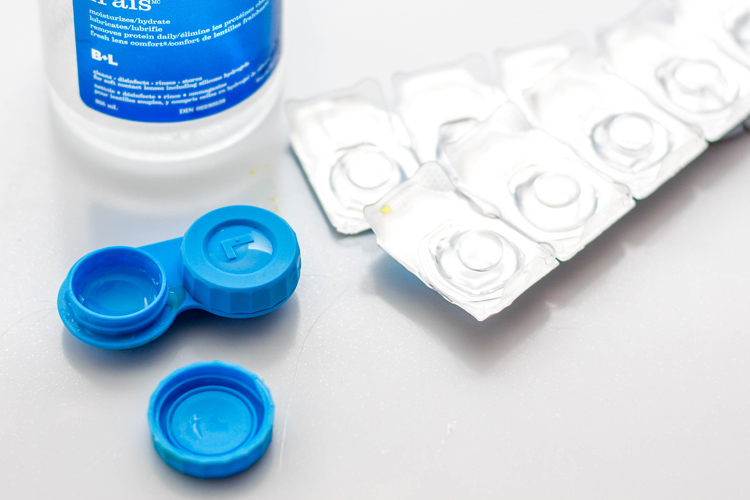
Around 125 million people use contact lenses on a daily basis worldwide. As a result, billions of daily contacts go down the toilet every year.
But what few people know is that discarding used lenses down the drain contributes to the creation of trillions of microplastics, one of the major environmental concerns in today's world.
8. Cotton Swabs
They're small and flexible, block drains, and don't break down quickly. Cotton swabs are responsible for many clogged toilets.
9. Diapers
Yes, there are still people who flush diapers down the toilet. And those who do it will clog a toilet in no time.
To make things worse, modern baby diapers are made from materials that will expand when in contact with water.
10. Tissues
They're soft, delicate, and absorbent. But tissues won't disintegrate like toilet paper.
Do you have a cold? Sneeze or cough into a tissue, but then throw it in the trash can.
11. Medication

Expired medication or recently used pharmaceuticals should never be flushed down the toilet because they will contaminate the wastewater even more.
Ultimately, it will have a toxic impact on the water resources and the water you drink.
So, if you've got pills, sedatives, antibiotics, antidepressants, painkillers, and other drugs you want to get rid of, pour them into a bag, close it, and throw it in the garbage.
12. Cigarette Butts
Cigarette butts are a plague. They're everywhere - on the beach, on the streets, and in the water.
A cigarette butt is composed of a filter made from cellulose acetate, two layers of wrapping made of paper and/or rayon, nicotine, carcinogens, and hundreds of toxins.
13. Hair
Just because it's organic matter doesn't mean it won't hurt the environment. Unfortunately, it does.
Similar to dental floss, hair helps form giant balls, which create massive blockages in the sewage network and trap unwanted odors in your plumbing.
When combing your hair or cleaning your brushes, remember to keep them away from the toilet.
14. Chewing Gums
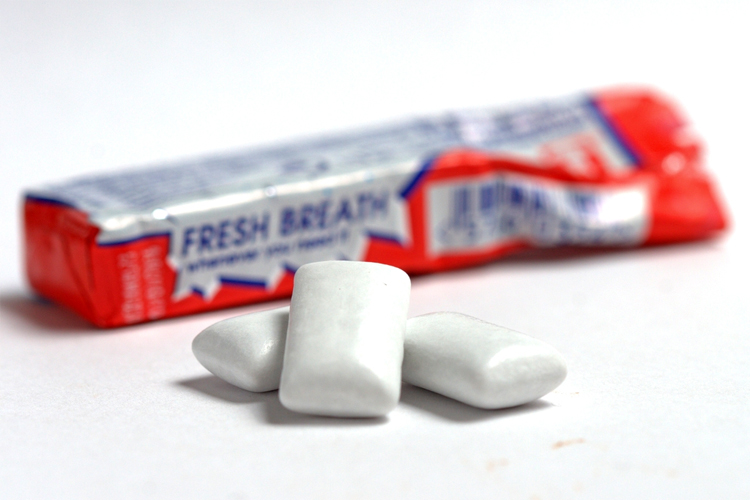
As a cohesive substance, the gum is a bit like glue. And it gets stuck in the pipes, blocking the natural flow of wastewater. The gum goes in the bin.
15. Cooking Grease and Oil
When fat solidifies, it becomes hard as a rock. Now, imagine the impact of that scenario on your plumbing system.
16. Bleach
Pouring bleach is a disastrous idea.
It can be extremely corrosive, damage your pipes, and react with other substances in your plumbing, creating and releasing toxic fumes.
17. Band-Aids
Band-aids are primarily made from non-biodegradable plastic and shouldn't be flushed down the toilet. Instead, their place is in the trash.
19. Paint
Paint is a complex mixture of pigments and extenders, binders, solvents, and additives. Some leftover house paints can be considered hazardous waste.
Find a paint drop-off site where you can leave it to rest.
20. Cat Litter
Cat waste may contain Toxoplasma gondii, a parasite that affects humans with compromised immune systems.
And because many water treatment plants can't handle these kinds of pollutants, dumping parasitic infections into the waterways represents a threat to public health.
